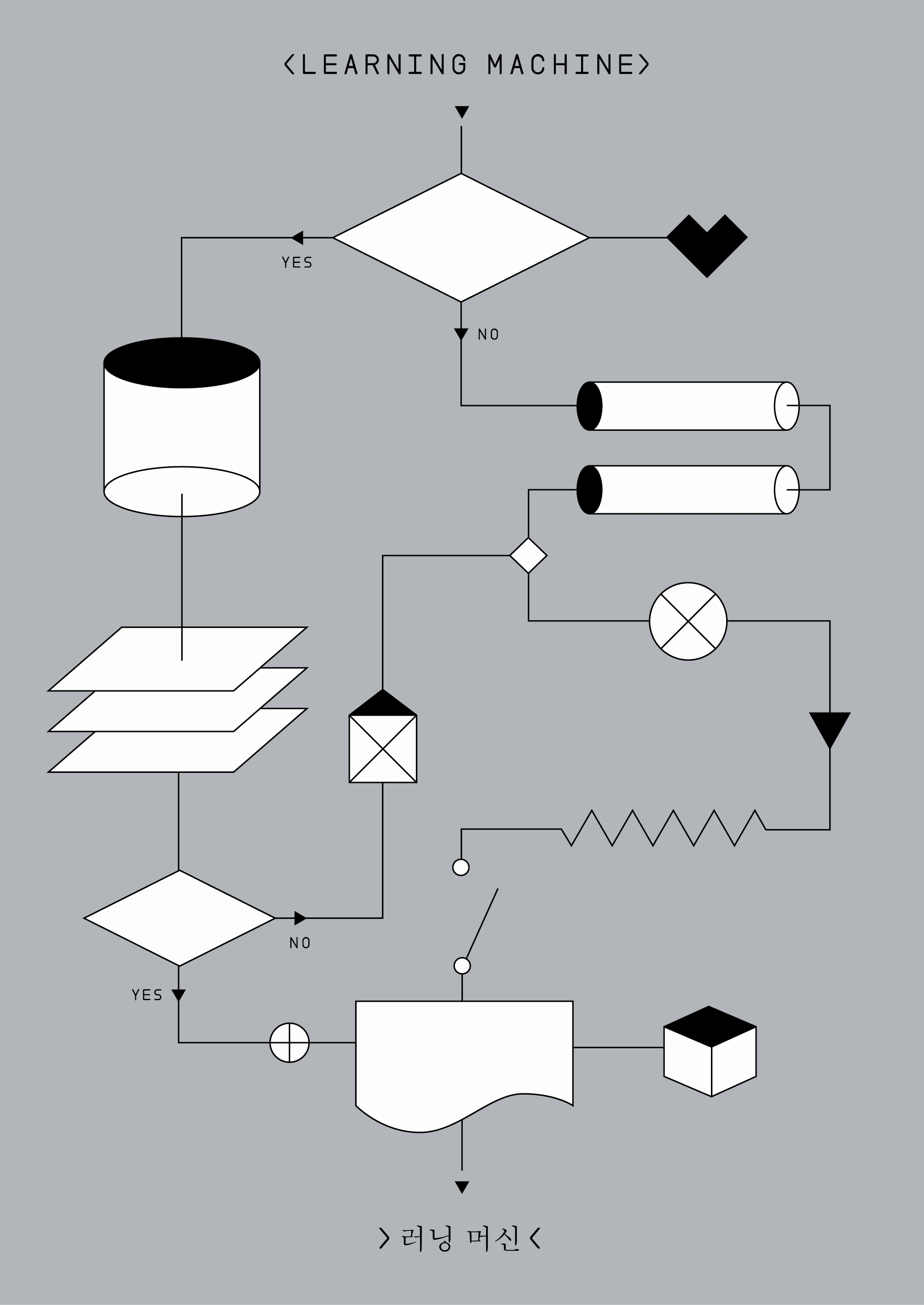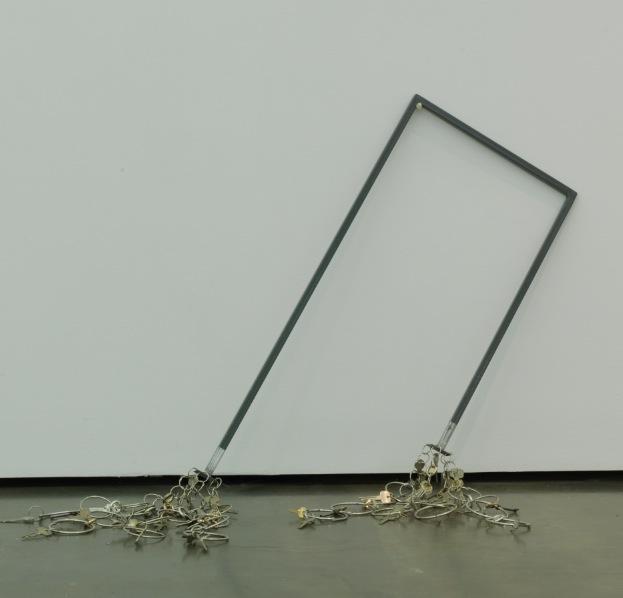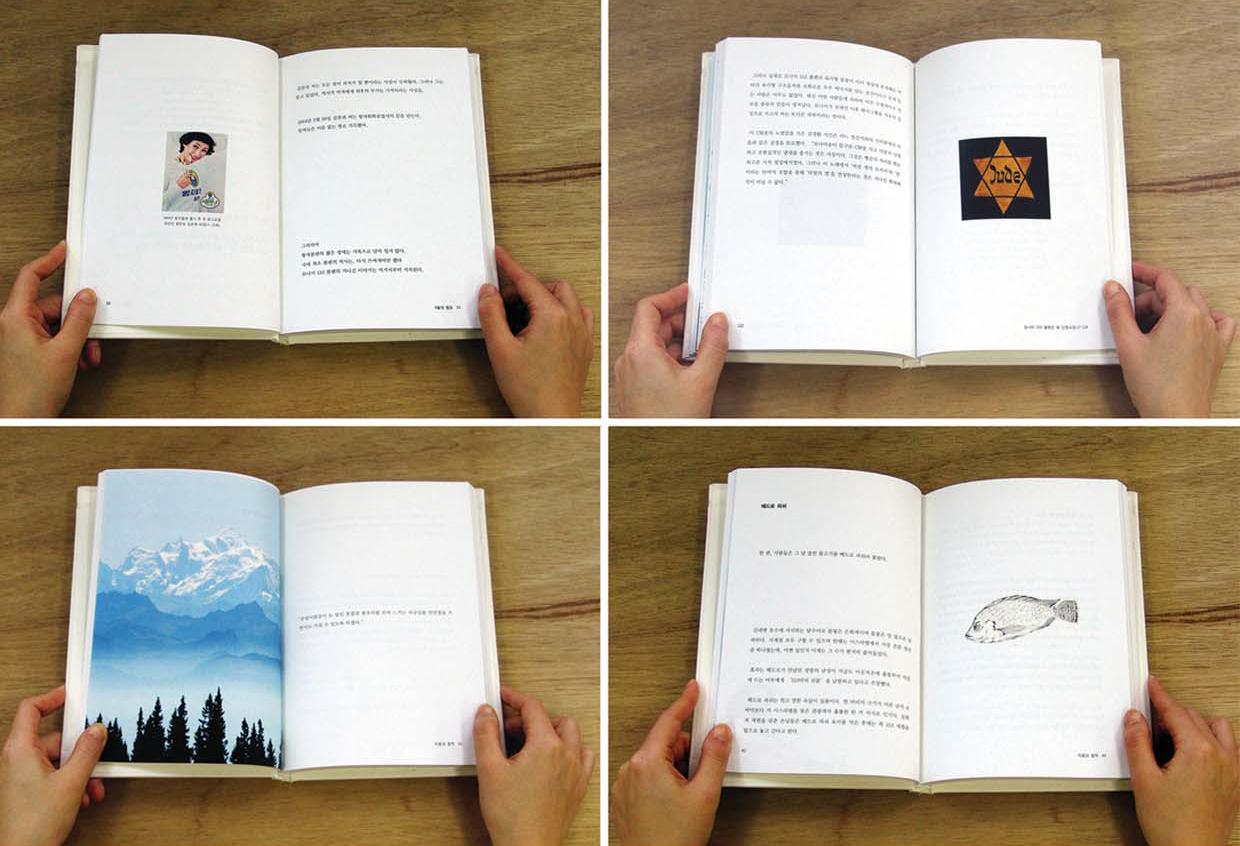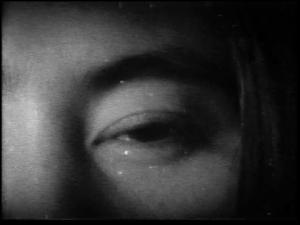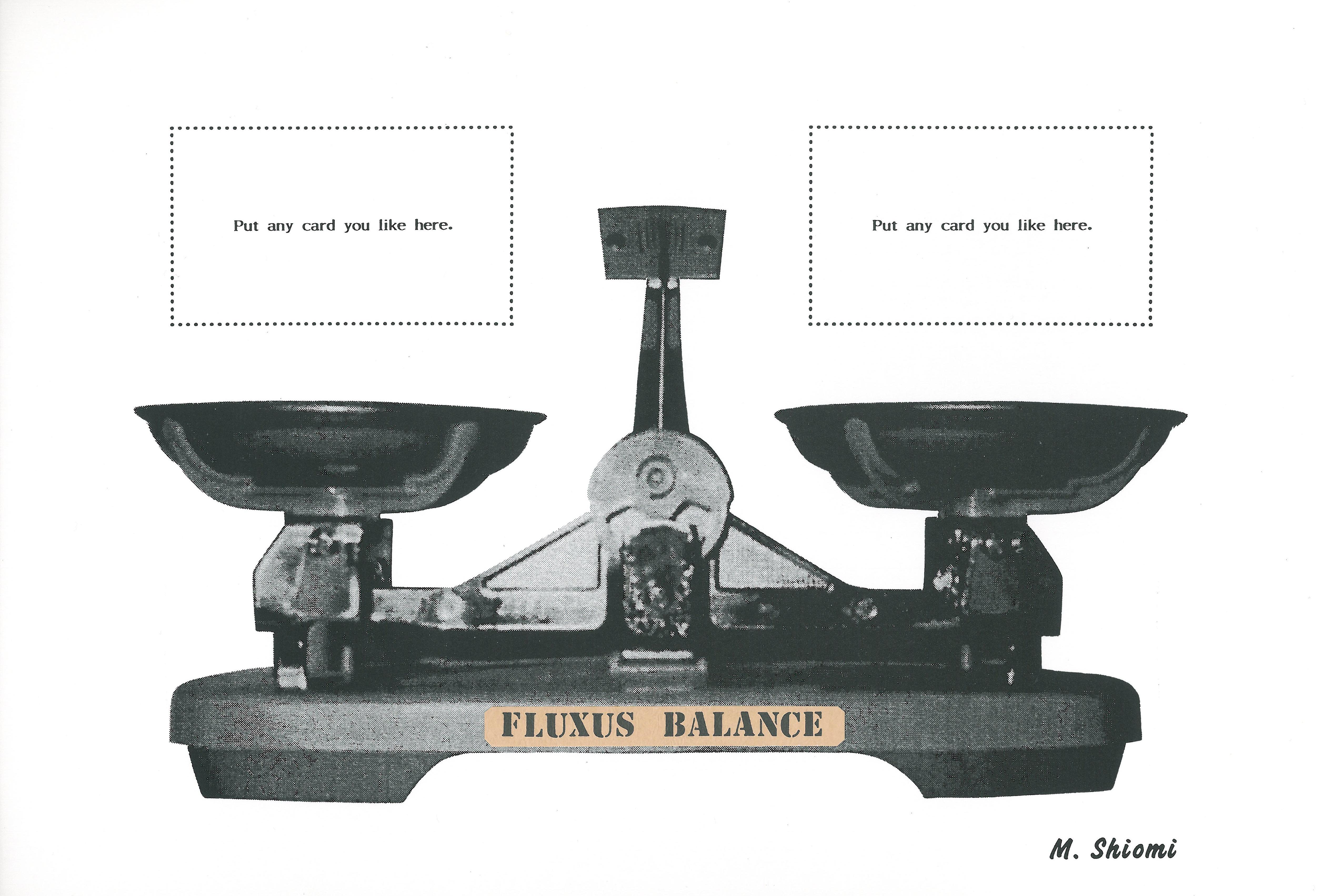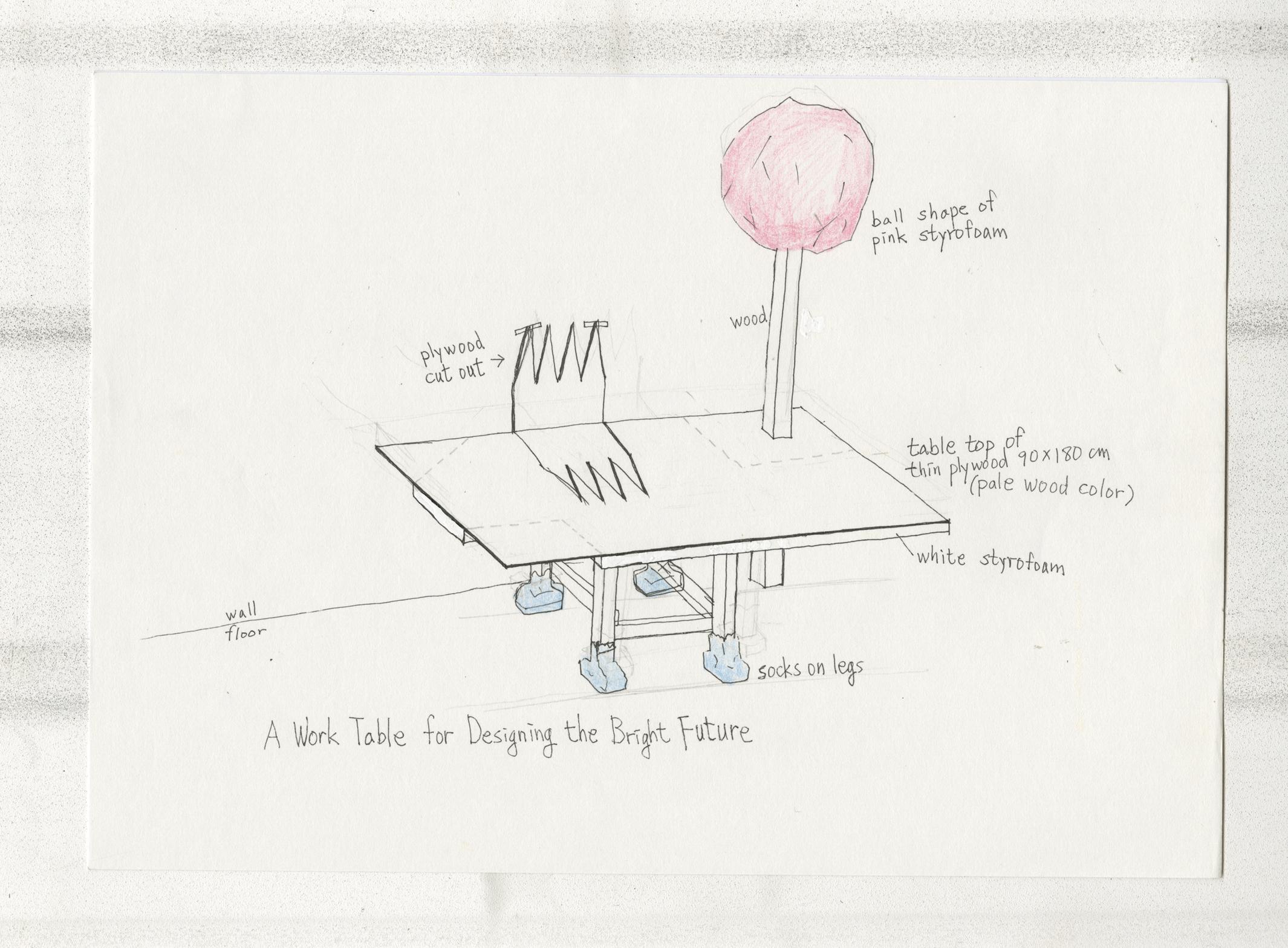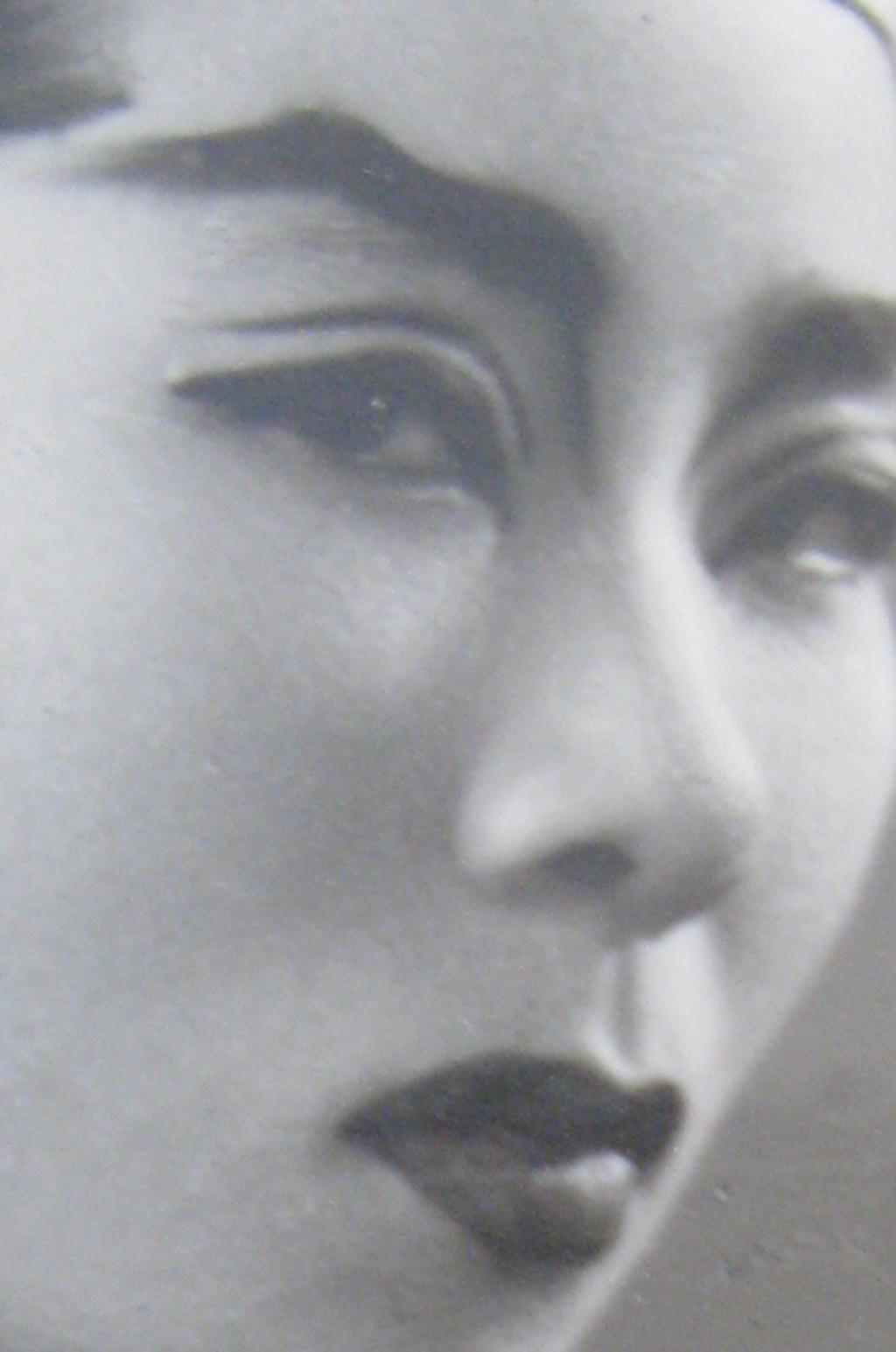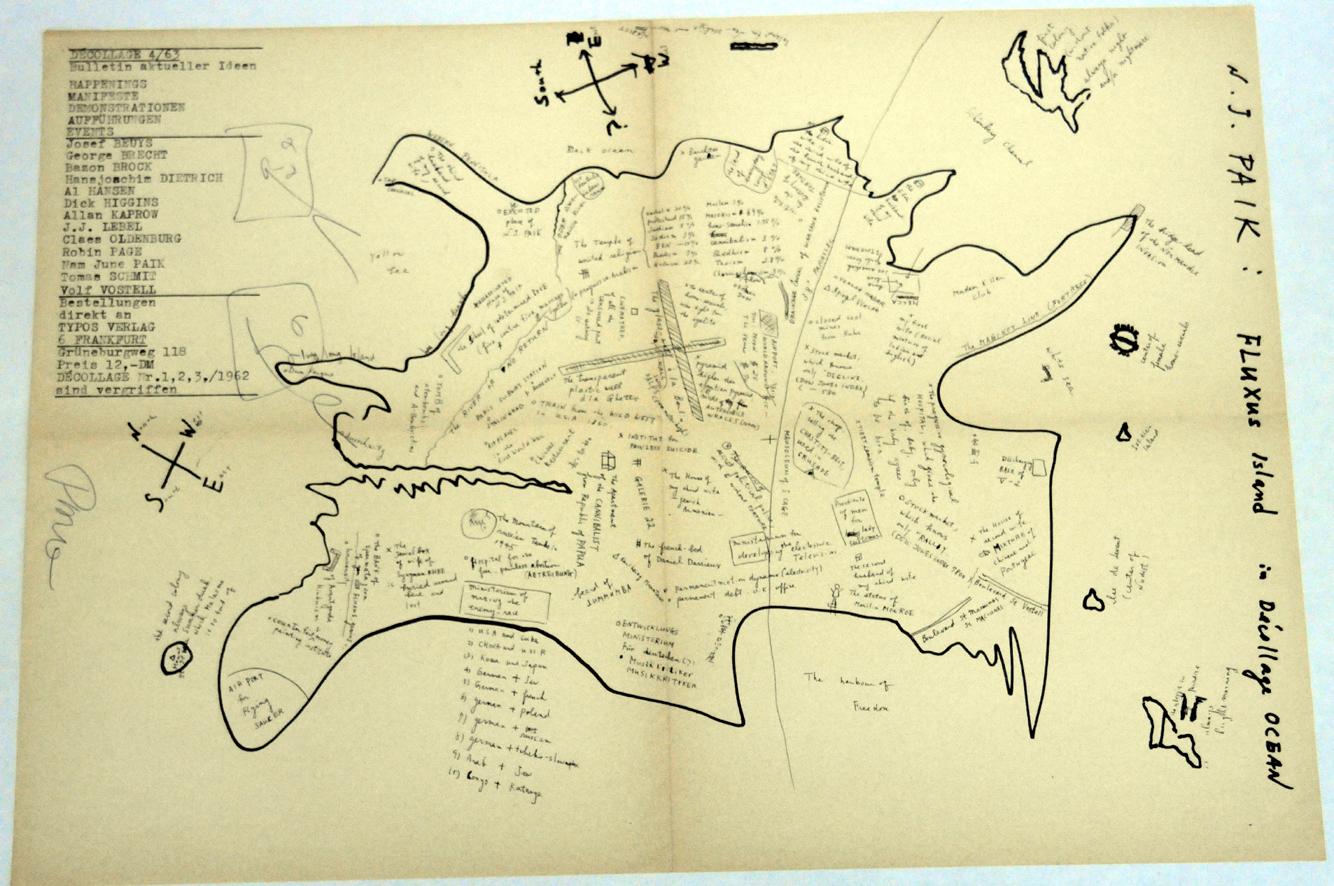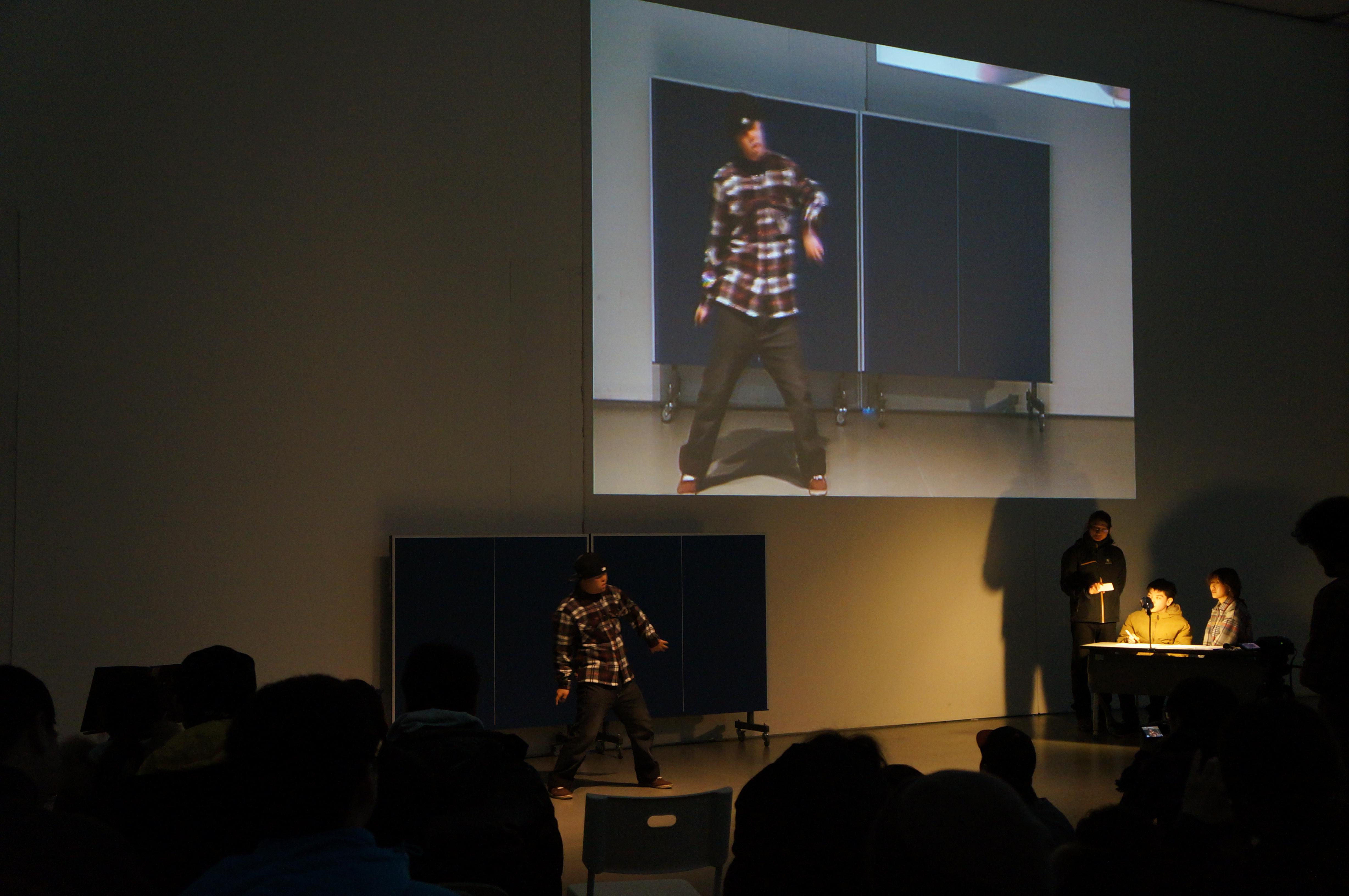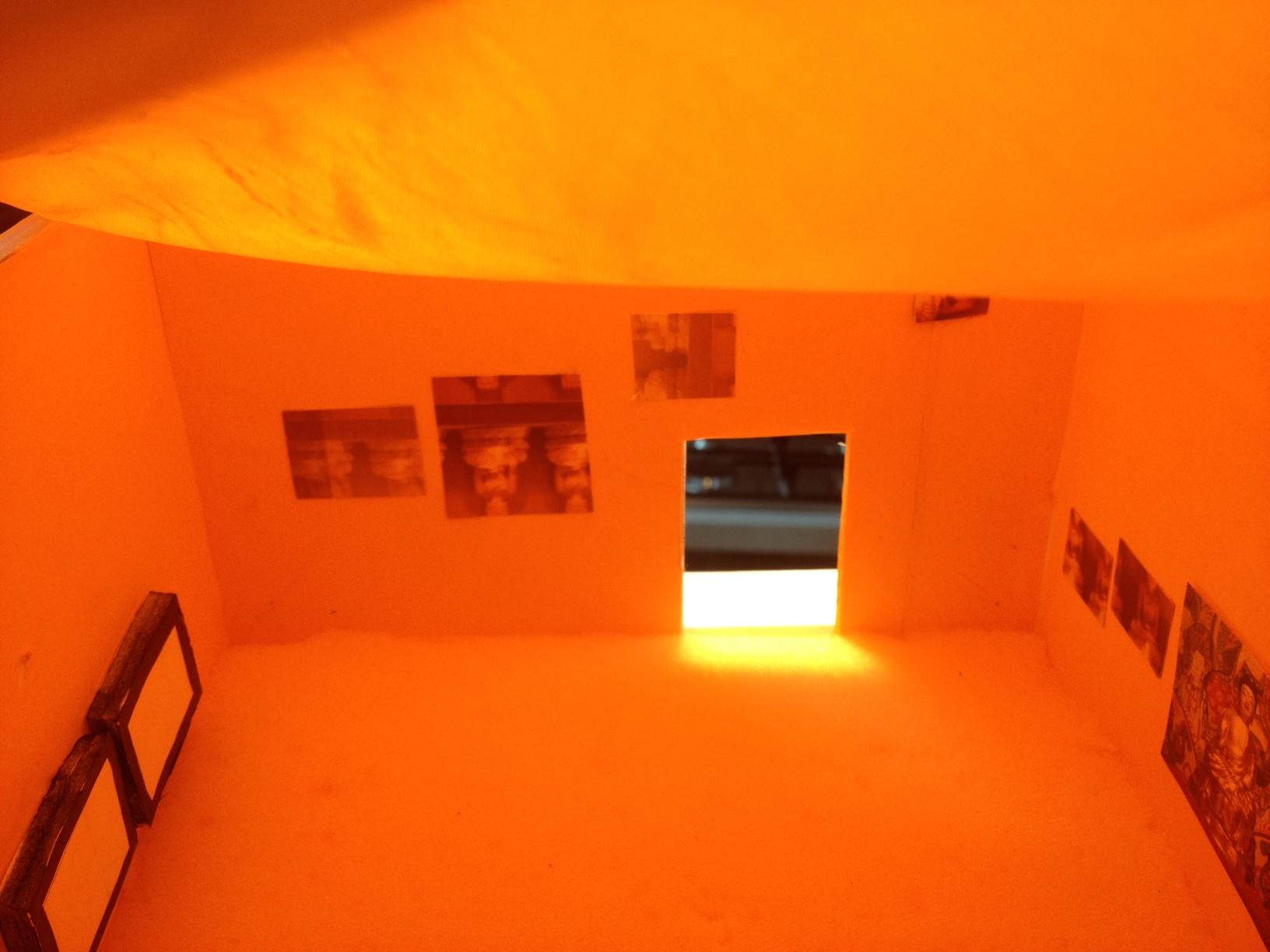5pm Thursday, 27th June 2013 at Nam June Paik Art Center
The Learning Machine exhibition which was inspired by the educational implications of ‘art as experience’ created by Fluxus artists in the 1960s is intended to show ‘art’ as a field of teaching and learning. These artists experimented in a new relationship between ‘an artist creating experiences’ and ‘the audience as a co-creator,’ pioneering various artistic forms of expression such as happening, event, game art, mail art, and so on. Their experiments dissolved the sharp distinction between an artist and a viewer and brought about the concept of the ‘creative citizen’ who has creativity and spontaneity. Some of their artistic forms like Fluxus kit and event that connected art to everyday life presented the educational model of learning from experiences through direct experiences, conversations, cooperation, and liberation of meaning.
Joseph Beuys who said that his becoming a teacher was his greatest work of art or John Cage who was a teacher of all Fluxus artists developed methods for participation and applied them in education process. Nam June Paik also agreed about the educational effect of art as ‘creative play’ in his statement that: “What is more educational is most aesthetic and what is most aesthetic is most educational.”
Interestingly, ‘art as experience’ by Fluxus artists has also much to do with such notions as experiential education and integrated education that are commonly used in educational fields of today. The recent changes in the perception of learning gave rise to the movement from the old teaching model based on the unilateral transfer of knowledge to the new model of learning community for learning from each other. Learning through conversation, inquiring, group play and games serves as the most effective educational model for the future generation who will live in the knowledge and information society.
By introducing these Fluxus artists’ educational methodology, the exhibition aims to reestablish the relationship of teaching and learning through works of contemporary artists and show different types of learning such as learning through direct performance and interdisciplinary cooperation. This positive process of reorganizing knowledge and information will certainly pave the route for the greatest leaning, as well as to prove to be the most rewarding educational experience for ‘the audience as a creator.’

Nayoungim & Gregory Maass’ work which began with the tautological and incoherent question, “the Fluxus is on the Floor, or the Floor is on the Fluxus?” is composed of a recombination of their past works with different purposes and usages, and the related graphic works and drawings on a chalkboard. The chalkboard drawings on which the words such as entertainment, correlation, ultra-stable feedback loop, unlearning, etc., are written and other objects including a bunch of keys, French bricks, a soy sauce bottle and a treasure box imply a kind of learning process in which all things are related to one another. Most of their works dealt with language, logic, and representation, which can be classified into working categories like enemy and friend, learning process, theory and practical artistic techniques, economic structure, and so on. This shares a similar context with the diagram of Maciunas who liked reorganizing the knowledge system, Robert Filliou’s ‘poetry-objects,’ and Fluxsus’ games.

Young-gle Kim is an author of the book titled 『The Chronicle of Monami 153』, featuring all kinds of records, rumors, and imaginations about the Monami 153 pen and the related images. In this book, readers may find a mixture of fiction-like facts and fact-like fictions in a Monami pen. In this exhibition, Kim presents her new writings and images regarding this pen, as well as Spinning Ballpoint Pen, a video capturing the motion of fingers and hands of a winner of a pen spinning competition.

This black and white film is composed of various video experiments by Fluxus artists, such as shots of a blinking eye, a smiling mouth disappearing slowly, cigarette smoke rising slowly, the letters of entrance and exit, a man in the streetholding a picket sign saying “Regardez-moi, cela suffit!,” and so on. Viewers will be able to watch how these very ordinary situations are reborn as a unique form of art in the restrained composition.

Mieko Shiomi who was born in Okayama, Japan, studied music at Tokyo University of the Arts and performed in the avant-garde performance group Ongaku with avant-garde musician Takehisa Kosugi in 1961 to initiate the Japanese experimental music movement. Fluxus Balance, a kind of collaborative mail art project that can be continued by any player at any time, is composed of response letters for the artist’s request: “Write down in one of the squares on the Balance what you want to balance with something which another person wants to balance.” The viewers will meet various thoughts of countless people far distant in time and space by weighing these letters sent to Shiomi and the card written by them.

Yiso Bahc as an art educator wanted his students to experience the diverse processes in which they thought with sight and connected what they thought to drawings. For him, creativity relates to the process to consider how to creatively understand and express ordinary things, rather than to present something new. Bahc encouraged his students to keep a daybook during his lectures, which reflected his practice of keeping working notes. His working notes were also a visual diary that was filled not only with working ideas but also with all kinds of memos, schedules, etc. His works, drawings, and working notes on display in this exhibition will reveal Bahc as an art educator and the trajectory of his artistic practice.

siren eun young jung works mainly with video and text. Recently, she presented a series of stages for Yeosung Gukgeuk(Korean all-female musical theater) actresses playing male roles who had been the subject of her video works for a long time. While the stage was set up sometimes in a waiting room of an old railway station, and other times in a formal theater for performances, the artist found this stage work still difficult because it excluded the intervention of editing.
In this exhibition under the theme of Fluxus-style learning, jung produces a kind of laboratory to learn about theater arts. Scenographer Chae-sun Shim shares her knowledge and insights that she learned from various experiences. In one corner of the exhibition room, jung gains the knowledge of movement, spatial arrangement, and so on, that is needed to create the stage, and Shim works with jung to organize the stage details for Yeosung Gukgeuk, a genre that is rather unfamiliar to her. And all this process of ‘learning’ is recorded in video by documentary film director Emmanuel Moonchil Park.

Fluxus Island in Decollage Ocean is a poster by Nam June Paik in 1964 for advertisement for 『Decollage #4』, published by Wolf Vostell. The phrases written by Paik on the poster, such as ‘Ministerium of mixing the enemy-race’, ‘MAUSOLEUM j CAGE’, and ‘CINEMATHEK of all the censured past in 20 century’ not only show Paik’s humor and sharp observation, but also anticipate the advent of Fluxus, a community of multi-genre and multi-cultural artists.

Wol-Sik Kim’s project called Seemslike Community since 2008 showed how the arts penetrates into life by exploring the network of relationship in the living world. The ping pong and the action of ping pong shown in Difficult Play, a total theater that was created last year as a result of the collaboration with the people from the Ansan Community Rehabilitation Center served as a gesture symbolic of the communication between different people. In this exhibition, the artist places four ping pong tables and displays ping pong rackets produced by him. By staging a scene of sending and receiving a ball in the exhibition space, Kim approaches the moment in life that is drawn near art.

Kanghyun Ahn who focuses on the bodily experience as an important element to evoke memory, installs a space for learning where light, images, movements are working in a mixed way. This huge learning instrument is based on the totalizing understanding of the human body as a locus in which knowledge and experience, information and system are constructed. Ahn proposes a field of learning where knowledge and memory are exchanged by creating the bodily movement, or a concentration of the interplays, that recomposes the organized forms of knowledge and information.















